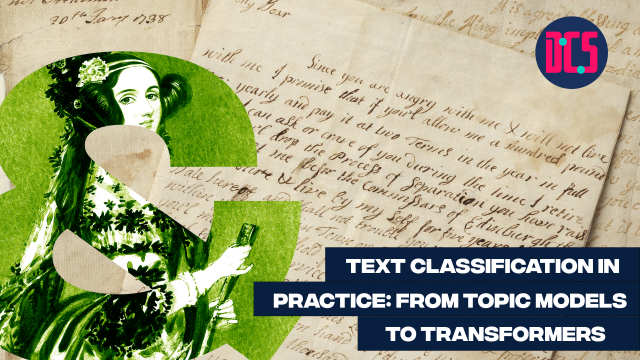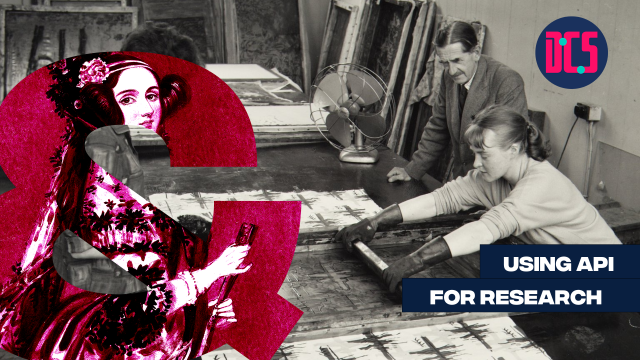How to create a WebGis

For many projects with a map-based element, it can be useful to present the map information using an interactive map. Interactive maps allow users to explore the data in a way that is not possible using static map images. In this session, we will explore a number of different options for presenting your data online. We will work through practical examples using three different systems: Google Maps, Unfold Studio, Qgis2web plugin. In each, we will create a simple interactive map that you can use to display your work online. Hosting options will be discussed, and links will be provided for those wishing to take the topic further through bespoke development.
This is an intermediate level course. Intermediate sessions explore specific aspects of the method (libraries, tools etc.) and offer a more in-depth understanding of the course topics, without introducing the basics. Some previous knowledge of GIS and Geographical Data is required to be able to follow the content.
Those who have registered to take part will receive an email with full details and a link to join the session in advance of the start time.
After taking part in this event, you may decide that you need some further help in applying what you have learnt to your research. If so, you can book a Data Surgery meeting with one of our training fellows.
More details about Data Surgeries.
If you’re new to this training event format, or to CDCS training events in general, read more on what to expect from CDCS training. Here you will also find details of our cancellation and no-show policy, which applies to this event.
Return to the Training Homepage to see other available events.












